Long Distance Moving for Seniors

Embarking on a long-distance move as a senior encapsulates far more than the physical transportation of belongings from one location to another. It embodies the courage to embrace change, the celebration of a life well-lived, and the anticipation of new adventures on the horizon. For seniors, the decision to move long distances often coincides with significant life changes: seeking a warmer climate, moving closer to family to share in the joys of grandchildren, or perhaps realizing a lifelong dream of living in a particular community or region.
87 Movers Las Vegas is intimately aware of the emotional and physical intricacies involved in senior long-distance moving. We’re more than a moving company; we’re a team deeply committed to providing understanding, patient, and comprehensive support tailored to the unique needs of seniors embarking on this transformative journey. We are also fully equipped and ready to provide senior moving service in Las Vegas, ensuring a smooth and stress-free relocation experience tailored to your unique needs.
Laying the Groundwork for Your Move
The Importance of Early Planning
Initiating the planning phase of a long-distance move is akin to planting seeds for a future garden. It requires vision, care, and patience. For seniors, this stage is particularly vital, as it sets the foundation for a smooth, well-organized transition. It’s about visualizing the end goal, not just the new home, but the comfort, joy, and peace of mind that come with being settled in a place that meets your needs and desires.
Creating a Moving Timeline
Start by marking your calendar with key dates: when to start decluttering, when to finalize your moving company selection, packing start dates, and moving day. This timeline acts as your roadmap, guiding each step towards your destination.
Developing a Detailed Checklist
A moving checklist for seniors should cover more than just packing boxes. It should include:
- Medical Preparations: Transferring prescriptions, finding new healthcare providers, and ensuring you have a sufficient supply of medications.
- Important Documents: Organizing and securely packing essential documents, such as medical records, wills, and insurance policies.
- Service Transfers: Scheduling the transfer or setup of home services like internet, utilities, and security systems to your new residence.
By meticulously planning each aspect of the move, seniors can mitigate the overwhelming feeling that often accompanies the process, ensuring nothing is left to the last minute or, worse, forgotten.
Choosing the Right Moving Services
When it comes to a long move, especially for seniors, the crux of a smooth transition lies in choosing a long distance mover in Las Vegas that aligns with your specific needs, offering both reliability and sensitivity to the nuances of senior moving.
Evaluating Moving Companies for Seniors
Embarking on the quest for the perfect moving partner involves more than a cursory glance at reviews and services. It’s about finding a company that resonates with the senior’s values and understands the emotional and physical aspects of the move.
Key Considerations Include:
- Personalized Services: Look for movers that offer personalized walk-throughs of your home to better understand your needs and tailor their services accordingly.
- Senior-Specific Training: Inquire whether the moving team has received training in handling senior moves, emphasizing patience, respect, and the ability to adapt to unique situations.
- Transparent Communication: Clear, jargon-free communication is essential. The company should be able to explain the moving process, fees, and answer any questions with clarity and empathy.
Specialized Services for Senior Moves
Many moving companies offer a suite of standard services, but for a senior move, it’s the specialized services that truly make a difference.
- Full-Service Packing and Unpacking: Opt for companies that provide comprehensive packing and unpacking services, including the setup of furniture and electronics in your new home, to minimize disruption and ensure comfort.
- Downsizing Assistance: The process of downsizing can be emotionally and physically challenging. Companies offering support in this area can help seniors sort through a lifetime of memories and make decisions about what to keep.
- Estate Dispersal: For those dealing with estate settlement, look for movers who can coordinate the distribution of belongings to family members, donation centers, or auctions.
Preparing for the Move
The preparation phase is critical in transforming the concept of a move into a smooth, organized reality. For seniors, this phase not only involves physical packing but also emotional readiness and logistical arrangements.
Downsizing and Decluttering
Downsizing offers an opportunity for reflection and rejuvenation, allowing seniors to prioritize what truly matters. Begin with a room-by-room approach, sorting items into categories: keep, gift, donate, and discard.
Tips for Effective Downsizing:
- Start Early: Give yourself plenty of time to sort through items, reducing the pressure and emotional strain.
- Involve Family and Friends: Sharing memories and decisions with loved ones can offer comfort and joy during this process.
- Consider Legacy Gifts: Early gifting to family and friends not only downsizes your belongings but also gives you the joy of seeing your loved ones appreciate your gifts.
Packing Tips for Seniors
Packing, often viewed as a daunting task, can be managed efficiently with a few targeted strategies.
- Use Professional Packing Services: For seniors, professional packers can alleviate the physical strain and ensure that items are safely and securely packed.
- Label Everything: Clearly label boxes with contents and their destined room in your new home. Use large print or color-coded stickers for easy identification.
- Essential Items Box: Pack a box or suitcase with necessities for the first few days post-move, including medications, toiletries, a change of clothes, and important documents. This should travel with you, not in the moving truck.
During the Move
The day of the move is a significant milestone in the journey. It’s the culmination of months of preparation and planning. For seniors, having a clear understanding of what the day will entail can significantly reduce stress and ensure a smooth transition.
On the Move Day
Moving day can be hectic, filled with last-minute tasks and the emotional weight of leaving a familiar place. To navigate this day with grace:
- Stay Organized: Keep your moving day checklist handy to tick off tasks as they are completed. Ensure that important items, such as your essentials box and important documents, are set aside in a safe, easily accessible location.
- Safety First: Moving can be physically demanding. Avoid lifting heavy boxes and let the professionals handle the heavy lifting. Keep walkways clear to prevent trips and falls.
- Farewells: Allow time for goodbyes. Taking a moment to bid farewell to your old home can provide closure and is an important step in the moving process.
Travel Arrangements for Seniors
Your travel to the new home should be as comfortable and stress-free as possible. Whether you choose to drive or fly, consider these tips:
- Plan for Comfort: If driving, plan for frequent breaks to stretch and rest. If flying, book non-stop flights if available and consider early boarding options for added ease.
- Accessibility Needs: Airlines and train services offer accessibility assistance. Don’t hesitate to request early boarding, wheelchair services, or any other assistance you require.
- Stay Connected: Keep your phone and charger accessible, along with the contact information for your moving company and someone close to you in case you need assistance or support.
Settling into Your New Home
Arriving at your new home is just the beginning of making it feel like your own. Adapting to a new environment takes time, and seniors, in particular, may find they need a period of adjustment to feel fully at home.
Unpacking and Settling In
Unpacking and organizing your new space is the first step in making your new house feel like home.
- Prioritize Rooms: Start with the bedroom and bathroom to ensure you have a comfortable place to sleep and attend to personal care. Then, move on to the kitchen and living areas.
- Seek Help: Don’t hesitate to rely on family, friends, or professionals for help with unpacking and setting up your home.
- Personal Touches: Early on, place familiar items and personal keepsakes around your house. Photos, favorite books, and cherished mementos can help your new place feel familiar and cozy.
Building a New Community
Creating new connections and finding your place within a community can add immeasurable value to your life in a new location.
- Explore: Familiarize yourself with your new neighborhood. Locate essential services like grocery stores, pharmacies, and community centers.
- Engage: Join clubs, groups, or activities that align with your interests. Many communities offer senior-focused programs that are a great way to meet new people.
- Volunteer: Volunteering is a rewarding way to engage with your community and make meaningful connections.
Ensuring a Smooth Transition
Moving, especially a long-distance move in senior years, is a significant undertaking. It requires careful planning, patience, and support, but it also opens the door to new experiences and opportunities. Remember that it’s okay to feel a mix of emotions, excitement, nostalgia, apprehension, as you embark on this new chapter.
87 Movers Las Vegas is dedicated to supporting seniors through every step of their long-distance move. With expertise, empathy, and comprehensive services tailored to senior moving, we strive to make every transition as seamless as possible, helping you move forward with confidence and peace of mind.


